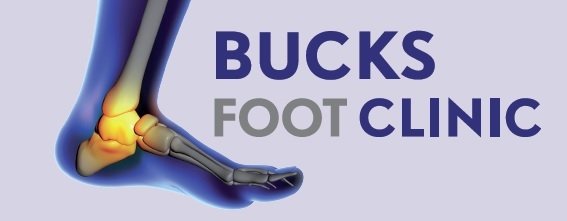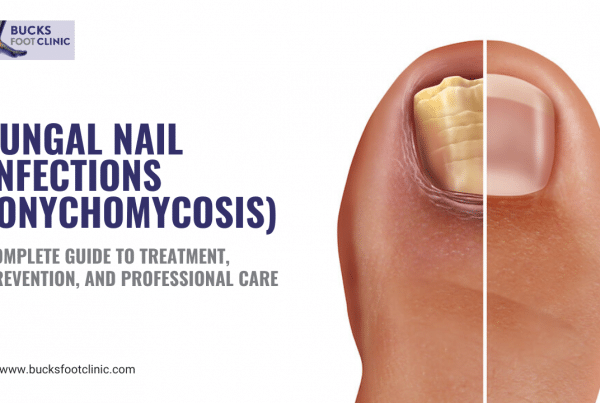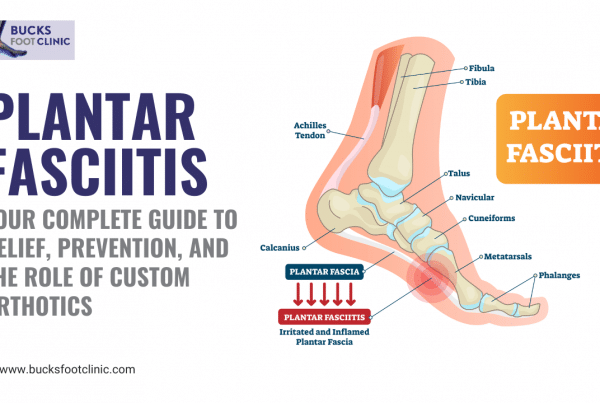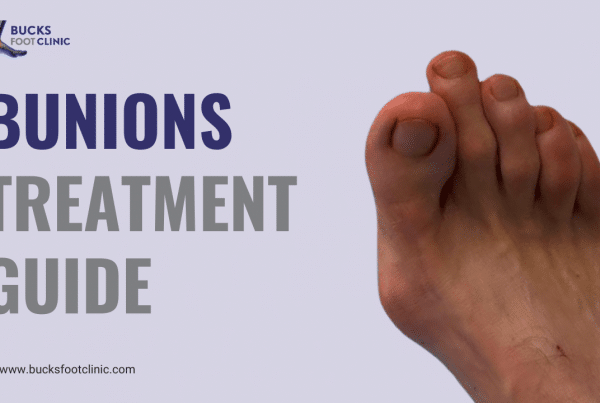
Understanding Hammertoes: Causes, Symptoms, and Self-Care Tips
Are you noticing uncomfortable bends in your toes, making walking or wearing shoes difficult? Hammertoes, a common toe deformity, can significantly impact comfort and mobility. This article helps you understand hammertoes, their causes, symptoms, and practical self-care measures you can adopt before seeking medical intervention.
What Exactly Are Hammertoes?
Hammertoes occur when the middle joint of your toe bends abnormally, resembling a hammer. Typically affecting the second, third, or fourth toes, hammertoes can progressively worsen without intervention, causing discomfort and mobility issues.
Recognising Early Signs of Hammertoes
Detecting hammertoes early is essential. Common initial signs include:
- Slight bend or curve in the toe
- Mild discomfort when wearing tight shoes
- Development of corns or calluses from friction
Causes of Hammertoes
Several factors contribute to developing hammertoes, such as:
- Improper Footwear: Wearing tight, narrow shoes or high heels.
- Genetic Factors: Family history of toe deformities.
- Muscle Imbalance: Weak or imbalanced muscles around toes.
- Toe Injuries: Previous injuries leading to deformity.
Self-Care Action 1: Choose Proper Footwear
Selecting appropriate footwear is crucial:
- Opt for shoes with plenty of toe space
- Choose footwear with low heels
- Use shoes with adjustable straps or laces
- Cushioned insoles can reduce pressure
Identifying Hammertoe Symptoms
Hammertoe symptoms can vary in severity and commonly include:
- Pain and Irritation: Especially from shoe friction.
- Corns and Calluses: Due to persistent rubbing.
- Restricted Toe Movement: Difficulty bending or straightening toes.
- Swelling: Redness and inflammation around affected joints.
Self-Care Action 2: Foot Exercises
Regular toe exercises can help alleviate hammertoes:
- Toe stretches and flexes
- Picking up small objects using toes
- Rolling a small ball under your foot
Perform these exercises daily to enhance toe flexibility and strength.
Self-Care Action 3: Padding and Splinting
Using over-the-counter pads, cushions, or splints can:
- Reduce friction and irritation
- Help gently realign affected toes
These are readily available in pharmacies and online stores.
Self-Care Action 4: Managing Corns and Calluses
Properly caring for corns and calluses includes:
- Regular gentle exfoliation
- Applying moisturising creams
- Using protective pads to reduce friction
When to Seek Professional Help
While self-care is effective for mild cases, seek professional podiatric advice if:
- Pain intensifies or becomes chronic
- Toe flexibility continues to reduce significantly
- Self-care methods fail to relieve discomfort
Self-Care Action 5: Regular Foot Health Checks
Regular self-checks of your feet can help detect changes early. Schedule routine self-assessments to monitor any progression or improvements in your condition.
Consult Bucks Foot Clinic for Expert Advice
If your symptoms persist despite self-care, contact Bucks Foot Clinic for a comprehensive consultation. Our experienced podiatrists can guide you through tailored treatments ensuring your feet remain healthy and comfortable.
Conclusion
Managing hammertoes proactively through proper footwear, exercises, padding, and regular self-assessment can significantly improve your quality of life. However, professional support is crucial if symptoms persist or worsen. Bucks Foot Clinic is committed to helping you maintain optimal foot health.



